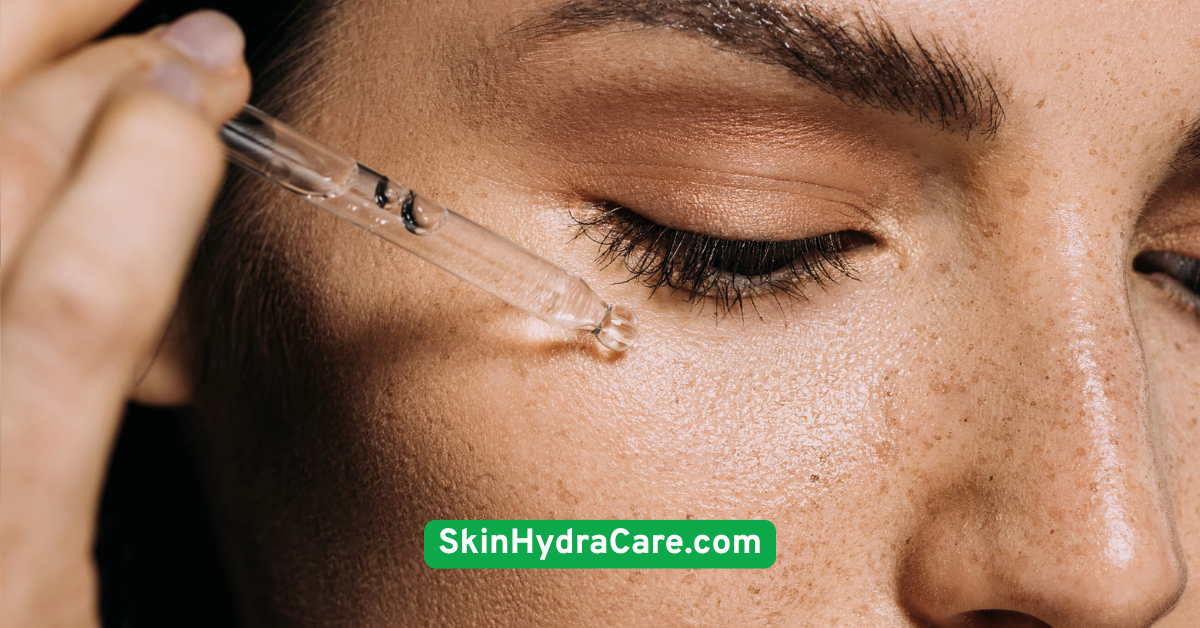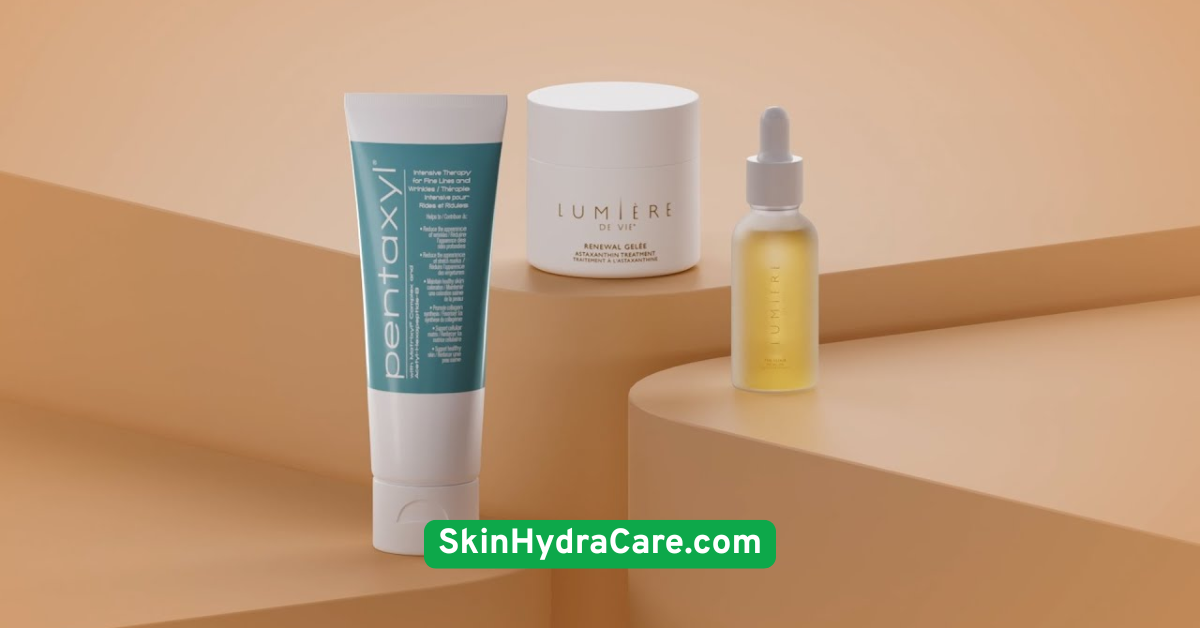7 Restorative Skincare Tips for Dry Skin in 2025

1. Start with a Hydrating Cleanser
The first step in any solid skincare routine is cleansing — but for dry skin, this step can be tricky. Traditional foaming cleansers may leave your skin feeling squeaky clean, but they often strip away your natural oils, leaving your skin even drier. That’s a recipe for irritation.Instead, reach for a hydrating cleanser packed with ingredients like glycerin, hyaluronic acid, or ceramides. These not only cleanse your skin gently but also help to attract and retain moisture. Cream or gel-based formulas tend to work better than those with heavy lather.Avoid cleansers that list alcohols or sulfates in their ingredients — they can dehydrate and weaken your skin barrier, making your skin more prone to redness and flaking. A good tip? Look for labels that say “gentle,” “moisturizing,” or “hydrating.” These often signal that the product is dry-skin friendly.Washing your face twice a day — morning and evening — with the right cleanser sets the tone for the rest of your routine. It’s a simple switch that offers a big payoff in terms of comfort and hydration.

2. Apply Serums on Damp Skin
This is a game-changer for anyone with dry skin: apply your serums while your skin is still damp. Why? Because damp skin acts like a sponge, absorbing the hydration and active ingredients much more effectively.If your goal is plump, moisturized skin, serums containing hyaluronic acid, niacinamide, or panthenol can make all the difference. Hyaluronic acid, in particular, is like a magnet for moisture, holding up to 1,000 times its weight in water. Pretty cool, right?When your skin is still slightly wet from cleansing or toning, apply a few drops of your serum and gently pat it in. This helps the formula penetrate deeper, making it more effective. For even better results, follow up with a spritz of a hydrating facial mist before layering your serum.This technique is super budget-friendly — no need for fancy tools or expensive products. It’s all about timing and choosing ingredients that love your skin back.

3. Seal It In with a Rich Moisturizer
Now that you’ve added hydration, it’s time to lock it in. That’s where a rich, nourishing moisturizer comes into play. Moisturizers act as a seal, preventing all that water from evaporating off your skin.For dry skin, it’s important to look for products that contain emollients (like shea butter, jojoba oil) and occlusives (such as petrolatum, squalane, or beeswax). These ingredients form a protective barrier on the skin’s surface, helping to smooth texture and retain hydration.Don’t be afraid to go for a thicker cream, especially during nighttime. If you’re on a budget, many drugstore brands now offer ceramide-rich creams at affordable prices. Apply your moisturizer right after your serum (and toner or mist, if using) to lock in every bit of moisture.Remember, consistency is key. You don’t need a drawer full of products — just one solid moisturizer that your skin loves.

4. Exfoliate Gently, Not Aggressively
Exfoliation is crucial for removing dead skin cells, but when you have dry skin, gentle is the name of the game. Over-exfoliating — especially with harsh scrubs — can damage your skin barrier and worsen dryness.Opt for chemical exfoliants like lactic acid, mandelic acid, or gentle enzyme peels. These ingredients dissolve dead skin cells without the need for physical abrasion. Once or twice a week is usually enough.Avoid exfoliating on irritated or broken skin, and always follow up with a calming moisturizer. If you’re trying DIY options, oatmeal masks or yogurt-based exfoliators can offer mild sloughing and soothing benefits.Think of exfoliation as polishing — it should leave your skin looking fresher, not red and angry. Done correctly, it helps your products absorb better and gives your skin a healthy glow.

5. Use Barrier-Repairing Ingredients
If your skin feels rough, red, or itchy — your skin barrier might be compromised. The barrier is your skin’s natural defense system, and when it’s damaged, moisture escapes more easily, leading to chronic dryness.This is where barrier-repairing ingredients come into play. Look for products containing ceramides, cholesterol, and fatty acids — they work together to restore the skin’s protective layer.Centella asiatica, also known as cica, is another fantastic ingredient for calming inflammation and helping with skin repair. These days, many Korean skincare products include it, and they’re often super affordable.Avoid overusing actives like retinol or acids if your barrier is already stressed. Stick to a “less is more” approach until your skin feels healthy again.By healing your barrier, you’re not just solving dryness — you’re building stronger, more resilient skin for the long term.

6. Night Creams & Overnight Masks
If you’re not using a night cream or overnight mask, you’re missing out on prime repair time. While you sleep, your skin goes into regeneration mode, making it the perfect opportunity to restore moisture levels.Night creams are typically thicker and richer than daytime ones. Look for those containing peptides, ceramides, and fatty oils like argan oil or rosehip oil. These ingredients work overnight to nourish and strengthen your skin barrier.Sleeping masks, often used 2–3 times a week, add an extra hydration boost. They’re especially useful in colder months or when your skin is feeling unusually dry. Apply them as the last step in your routine, and let them work their magic while you snooze.You don’t need a high-end spa experience every night — just a few intentional products that work while you rest. Trust us, your skin will thank you in the morning.

7. Don’t Skip Sunscreen – Even If You Stay Indoors
Last but definitely not least: never skip sunscreen — yes, even if it’s cloudy or you’re working from home. UV rays can penetrate windows and worsen skin dryness, inflammation, and even premature aging.Choose a hydrating sunscreen that doubles as a moisturizer. Look for formulas with SPF 30 or higher that also include hyaluronic acid, niacinamide, or aloe vera. These will protect while also soothing and replenishing your skin.If your skin reacts to chemical sunscreens, try mineral options that contain zinc oxide or titanium dioxide. These are generally better for sensitive, dry skin types.Worried about reapplying over makeup? Use a sunscreen mist or powder — easy, fast, and mess-free.Sunscreen is the final and most important layer of your routine. It locks in all the benefits from your skincare steps and shields your progress from being undone by the sun.

Conclusion
Dry skin can feel like a challenge — but with the right knowledge and a few affordable tweaks, you can bring your skin back to life. From choosing a gentle cleanser to layering your serums on damp skin, each small decision plays a big role in restoring your glow.The best part? You don’t need a 15-step routine or high-end products. Just consistency, smart ingredient choices, and a little love. Focus on hydration, protection, and barrier repair, and your skin will start to thank you — with softness, smoothness, and a healthy, radiant finish.Now’s the perfect time to revamp your routine. Pick one tip and start today. Your glow-up is just around the corner!





